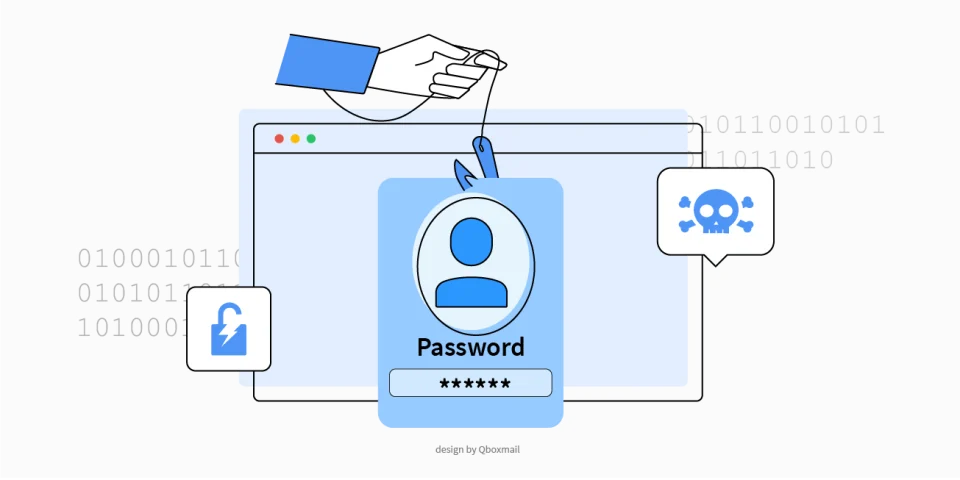Social Engineering, the cyber attack exploiting human weakness

Social engineering is a cunning technique that exploits human weaknesses to carry out attacks and obtain sensitive information for fraudulent purposes. There is no antivirus that can fully protect you from this threat. This technique relies on manipulating people through the study of their behavior and habits to obtain confidential or sensitive data, such as passwords, identity documents, or access to bank accounts. Once in possession of this information, attackers can engage in various harmful actions, including blackmail, identity theft, or persuading victims to make financial transfers.
The social engineer is often just a person or a group, highly skilled in deception and manipulation of human character. They leverage emotions, feelings, or fears to gain the complete trust of their victims. Both individuals and organizations are susceptible to social engineering attacks, and no one is immune, not even with the best antivirus in the world.
How does social engineering work in practice? How can we recognize a scam, and how can we defend ourselves?
Data Gathering
To launch an attack successfully, the social engineer must gather some knowledge about their chosen victim. Personal information collection is the foundation of their strategy. The social engineer is a keen and patient observer. For weeks, and sometimes even months, they study the victim’s habits, work, and daily life, becoming familiar with their social network and routines, always staying one step ahead. The criminal aims to predict their victim’s moves and take control of the situation to begin building a virtual relationship.
Development of the Relationship
Social engineering relies on manipulation and the establishment of trust with the target.
This involves the ability to impersonate someone else, often by exploiting the victim’s emotions or by using a third character whom the victim already trusts. Two common approaches include emotional manipulation and “warm transfer.” In the first case, the scammer exploits the victim’s emotions, such as shared personal issues. In the second case, a third character introduces the scammer to the target, helping overcome initial distrust barriers. The ultimate goal is to obtain sensitive information or convince the victim to take financial actions by exploiting the trust they have in the interlocutor.
Psychological Manipulation
The information and data collected are used against the victim to influence and deceive them. This involves constructing a credible lie to launch an attack. For example, the trap may be related to a supposed issue with the bank account, necessitating an update of personal data or a password change. Any defenses rooted in skepticism have already been dismantled; the target trusts, clicks the link, and updates their banking information, effectively handing over the keys to their savings directly into the hands of a criminal.
Here are some real and concrete examples of social engineering attacks that we will delve into in more detail in our next post:
- Email Phishing
- Phone-Based Social Engineering
- Social Network Attacks
- Technical Support Scams
- Password Attacks
- Romance Scams
- Identity Theft
Despite the continuous development of cybersecurity tools, no antivirus can fully protect us from the manipulative ingenuity of the social engineer.
So, how can we defend ourselves?
Awareness is essential. We must always exercise caution and pay attention to any requests for personal or financial information, even if they appear to come from a trusted source. Education and training are powerful tools to protect ourselves from these threats.


